Okay, so the other week I was heading out for a long day of flying and inside of my backpack I had my Mavic 3 Pro, the RC Pro, and seven total batteries amongst plenty of other camera gear. I actually made a “what’s in my bag” video the other week because this whole kit right here pretty much allows me to tackle anything related to creating content when I’m out, so I have everything that I need inside of one bag.
Now, as I was running out the door, it hit me that I should probably bring a backup drone as these shoots I was going to were a little bit further from my house, and if I had gotten all the way out there, started to fly my drone, and something happened to it and I didn’t have a backup, I’d have to drive all the way back home, pick up one of my drones, and then drive all the way back out to that job in order to finish it, which would have just added insult to injury.

So, I naturally reached to bring the Mini 4 Pro as my backup to the Mavic 3 Pro. Now, of course, as I mentioned, I’ve got this big backpack here, this is the Peak Design 30L bag, and when I picked up everything I wanted to bring with me, naturally I took the Mini 4 Pro and just put it here inside of the water bottle pocket of my backpack. Now, on the other side here, I was able to fit the battery hub and three of the larger intelligent flight batteries all the way down into the bottom, and I could also shove the RC here just in the top.
So now, in the side water bottle pockets, I had everything I needed to fly my backup drone, which really did a lot for me. Like, do you remember when the Phantom was the only drone in town? This massive drone gave us great performance, a great camera, and a long flight time, and what was once a compact airframe.
Then we got the foldable Mavic series, which trimmed down the size quite substantially while improving upon the specs, and now those same specs that were in both of those drones have trickled their way down to the Mini series, specifically speaking, the Mini 4 Pro, which by the way is basically the size of the Phantom 4 Pro’s battery.
DJI Mini 4 Pro beats Phantom 4 Pro
Just looking at the difference between these two drones side by side is what really hurts my brain. Like, the Mini 4 Pro is probably four to five times smaller than the Phantom 4 Pro in terms of footprint, and when you fold this thing up, it’s probably like 10 times smaller than the Phantom 4 Pro. And what’s crazy is this drone is better than the Phantom in almost every way.

It’s got true omnidirectional obstacle avoidance, so it’s got this new upgraded camera hardware around the drone that’s way better than like the side infrared sensors on the Phantom 4 Pro that only worked in certain flight modes and the older style vision cameras on the front and backside of this drone.
You’ve also got a camera that can shoot higher resolution images, and the flight controls are way better. You’ve also got more improved advanced flight features, so cruise control, waypoints, ActiveTrack, Spotlight, and Point of Interest have gotten way better on the newer drones, not to mention these remote controllers. Like, do you remember flying with this old chunky controller?
This new RC2 with the built-in screen is way better in every way than this old relic here. So yeah, it’s crazy to look at these two drones side by side and to think that technology has come so far that we can get the same specs as the Phantom in a small drone like the Mini and they can even improve upon them year-over-year and release after release.
The one thing I will say the Phantom has over the Mini is that it’s better in wind, but that’s just because it’s a larger drone with larger motors, but despite its size, the Mini can still pack a punch in terms of performance.

Now, I look back to old videos when the Phantom 4 Pro was my one and only drone, and I remember having to carry a dedicated backpack to haul that drone around, and it left very little room for extra camera equipment, especially when I wanted to bring around four or five batteries for extra flights.
Looking at my current backpack setup with the Mavic 3 Pro, all of the extra batteries, and then all the extra room that I have for my camera stuff makes my day-to-day life easier, but then looking at how the Mini just slips in the water bottle pocket makes me even question why I carry around my Mavic 3 in the first place.
This brings us to DJI’s current lineup of folding drones: the Mini 4 Pro, the Air 3, and the Mavic 3, which has a few different variations. Each drone gets more expensive and gets better as you climb up the ladder, but the gap in between these drones is so small that there are really only two reasons why I’d even recommend looking at DJI’s two higher-end offerings.
The first is speed and performance, and the second is optical zoom. There’s really no sugarcoating the fact that the Air 3 and the Mavic 3 are dominantly more powerful than the Mini 4 Pro. Don’t get me wrong, this little drone is a powerhouse for the size.
Like, this thing looks like a toy but can rip through the air at nearly 37 mph, but once you start to throw some wind in the equation, it can get pretty tough to move around from spot to spot. Some of the projects that I’ve been working on recently have been large road construction jobs that stretch for miles of interstate highway and cover a massive interchange just on the outskirts of Philly up near the Betsy Ross Bridge.

For these two jobs, I’ve exclusively used either the Air 3 or the Mavic 3, and I don’t think that I would attempt to use the Mini 4 Pro strictly because of the slower speed. When it comes to the speed and performance of a drone, there’s really two different things that you look at.
Number one is like the movement and the maneuverability of the drone when you’re capturing video, and then you also look at just getting from spot to spot. So with this drone, if I’m fighting a headwind and I want to try and chase, let’s say, a moving construction vehicle, it’s going to be a tough time fighting through that wind to keep up with the vehicle.
Or if I’m just doing something for fun and, say, capturing a boat going up the river, if I was trying to fight a headwind, I might not be able to keep up with that boat and therefore wouldn’t be able to get the shot that I wanted because of the Mini 4 Pro just being a more small and less capable drone than those more expensive drones and the larger drones that DJI sells in their lineup.
Now also, let’s talk about getting from spot to spot because really, in my case, this is what makes the biggest difference on the jobs that I just mentioned. Like, if I’m trying to cover three miles of highway and I need to go and split this up into, let’s say, mile intervals to keep line of sight, being able to buzz around the site really does make my life easier with a larger drone.
Getting from spot to spot capturing photos is way more easy with a larger drone that’s more powerful than, say, the Mini 4 Pro. Overall, it allows me to decrease my time on site and get my jobs done more efficiently.
Another project I had recently was the sale of a 300-acre farm in Chester County, so I needed to do aerial photos and some aerial video of the property so that the real estate agent could use that as marketing material to sell, and I did not bring my mini drone because I had to cover so much land and it would have taken me a long time to get around the entire parcel with a small tiny mini drone.
Now, look, in both of these scenarios, if I was to use the Mini 4 Pro, I don’t think my clients would have been able to tell the difference in terms of image quality. They would have loved the photographs, but again, it comes down to my personal preference and the amount of time I want to spend on site.
I could spend an extra 30 minutes to an hour just trying to get around the site because of the smaller drone, but because I have something like the Mavic 3 Pro that’s very nimble and easy to cut through the wind, I would lean on a drone like that for these larger projects, again, solely because of the time that I want to spend flying from spot to spot to capture my photos.
So, as I kind of alluded to in the beginning of this video, the Mini 4 Pro for me has been a really, really good sidekick drone that I’ve used in tandem with my Mavic 3 Pro on the daily, especially for Instagram content. And like the video and photos you guys are watching right now have come from the camera on that tiny drone.
This is absolutely usable for basically any application. Like, these images would look great on a website, on social media, printed out for handheld marketing material, or even printed out in a large format to be put up on the wall. It’s funny, most of the questions on my posts over on Instagram ask what drone I’m using, and the best is when someone asks if a photo or video was taken with the Mavic 3 or Inspire 3, and then I respond with them saying that was taken on the $750 Mini 4 Pro. It’s just funny.
By the way, if you’re wondering why you haven’t seen some of these shots here on my YouTube channel, it’s because I’ve been posting a ton of content over to my Instagram page, so be sure to give me a follow @BillyKyle to keep up with the different places I’m visiting because I’ve been trying to upload a new video over there each and every day.
But yeah, look, this camera is absolutely solid and without a doubt can be used for both professional and personal work. When I’m editing photos or videos taken with the drone, I’m always really happy with the quality and depth of the files. Where the higher-end drones really start to pull away from the Mini 4 Pro in terms of a camera perspective is the extra lenses that they carry.
So, the Air 3, which is a step up from the Mini 4 Pro, gives you two total lenses: the 24mm and 70mm medium tele camera. And then from there, another step up in the Mavic 3 Pro gives you three total lenses. You’ve got the 24mm, the 70mm, and now the 166mm tele camera.
This has really come in handy on construction shoots when I want to punch in to capture a specific detail or the action of the workers doing their job, like being able to see someone walk across a steel beam, someone using a big piece of machinery. I mean, really anything that you can get a closer look at will help elevate the video or photo set that you’re putting together.
This is something that this small Mini 4 Pro just can’t match, but that’s okay because this drone is already such a complete package. Actually, on this topic of versatility, the Mini 4 Pro is unique in its own way with a gimbal that can rotate vertically for portrait photos and vertical video.
This is something that those other drones just can’t do, and because of the Mini 4 Pro’s gimbal design, it actually has a much longer range of motion to look upwards. I really hope that the next generation of Air and Mavic drones can incorporate the same gimbal design, not only for the vertical video and photo shooting but also for the fact that you have this longer range of motion to look upward.
So, the fact that you kind of have this little indent here in the top of the frame lets you actually look up further, which in my opinion is a great feature to have. Now, I think the camera quality is always one of the most important things in a drone, and the Mini 4 Pro has standout image quality from a photo and video perspective, but that’s not the only thing that makes it great.
Sure, it’s small, but it also packs a punch with great image transmission and also a super long flight time. Like, that maximum flight time of 45 minutes with the plus version of the battery is just crazy to think about. It usually lasts longer than I actually need to get a job done.
Like, when I’m taking photos of a house, I can put the drone up, take photos, and land and still have like 90% left in the battery. So, from a flight time perspective, it can almost fly for too long in certain regards. Now, on the image transmission front, you guys saw my range test of the Air 3 out in the Salt Flats.
I was able to push that drone 57,000 ft using O4, which the Mini 4 Pro has, so you can get a ton of range out of this drone, and it also just holds up really well when flying in close proximity to the remote controller, which speaking of the RC2, it’s been a great little upgrade for me. I would say that the RC2 is very similar to the RC1, but the big improvement is the fact that it now has the outward-facing antennas, whereas the RC1 had them built in.
So now you get plenty of range. So those two are kind of connected, the remote controller and the image transmission system. So, I don’t think that many people realize how good the Mini 4 Pro is.
This little drone is great. It makes me wonder like, what’s going to be in a Mini 5? I don’t know what else they could add. Maybe they could somehow give us two cameras. Could you imagine being able to have two cameras on a mini drone? That would be crazy.
But let me know what you’re flying down in the comments below. Are you flying the Mini 4 Pro? And if so, what do you love about it?
Anyway, thank you guys so much for watching and, as always, I’ll talk to you later. Peace. My camera died. See you.

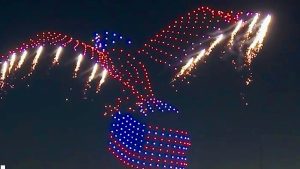

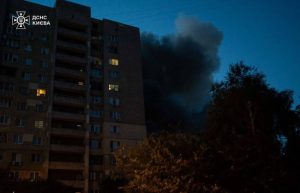
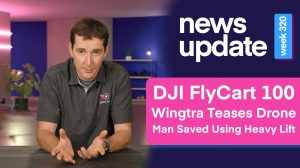





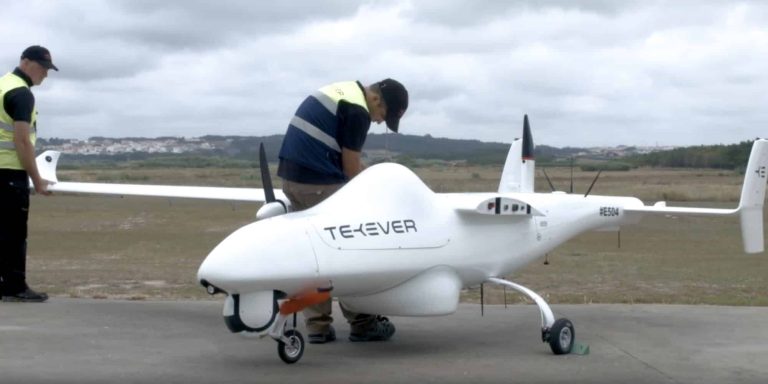
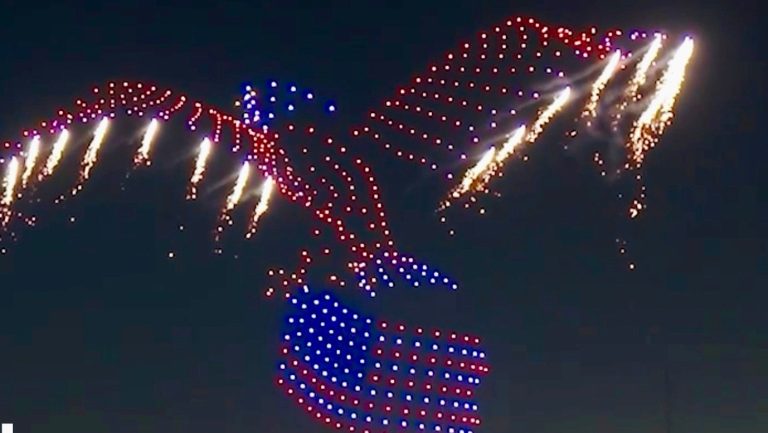
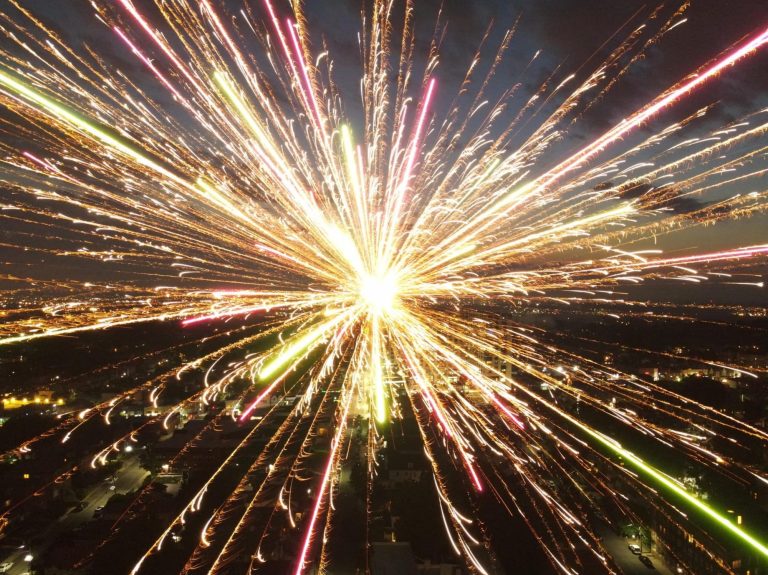
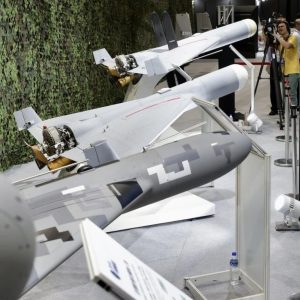

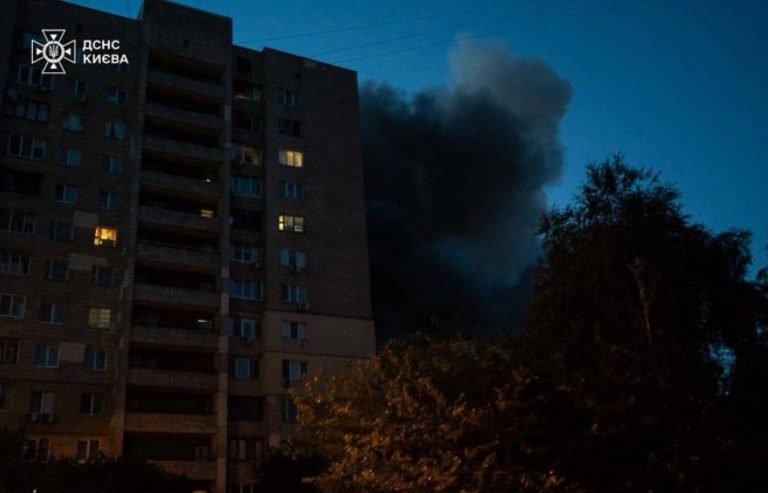
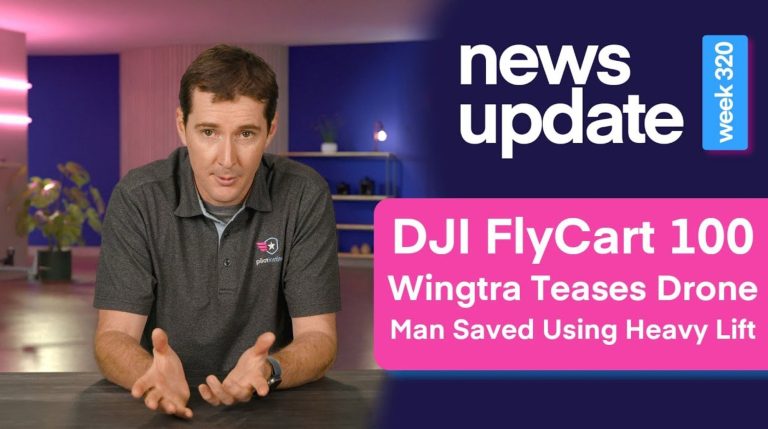
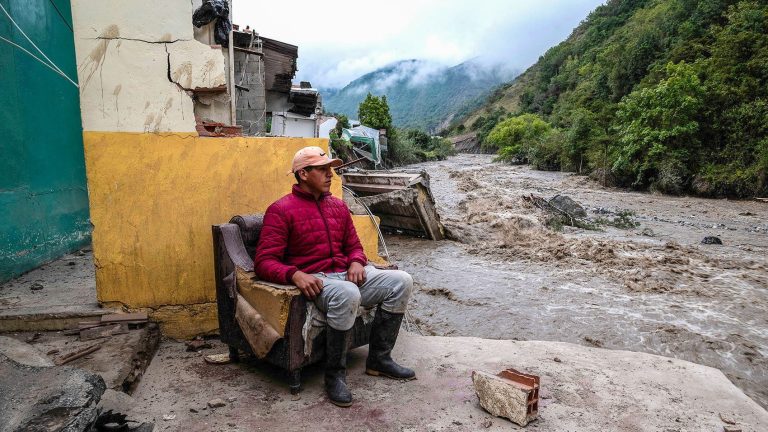

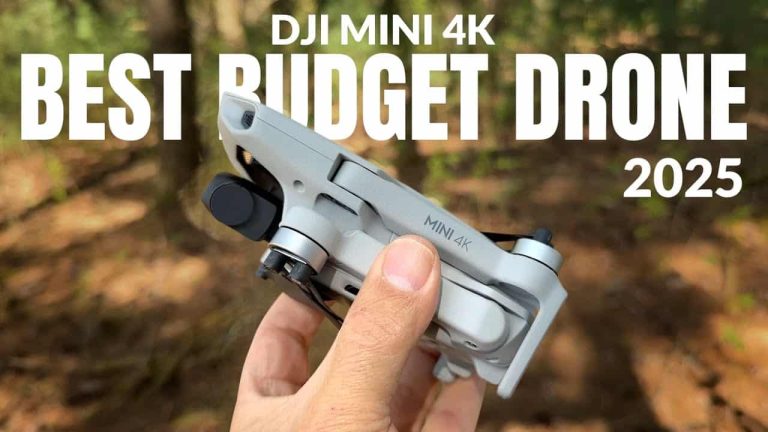
+ There are no comments
Add yours